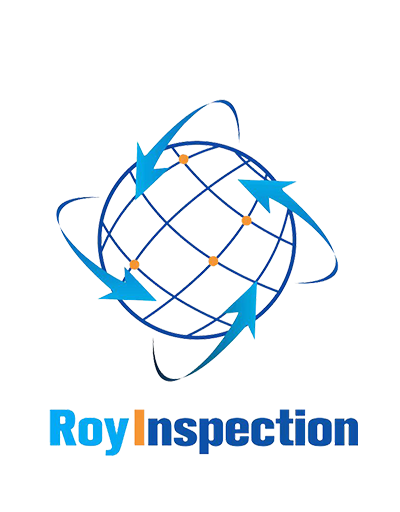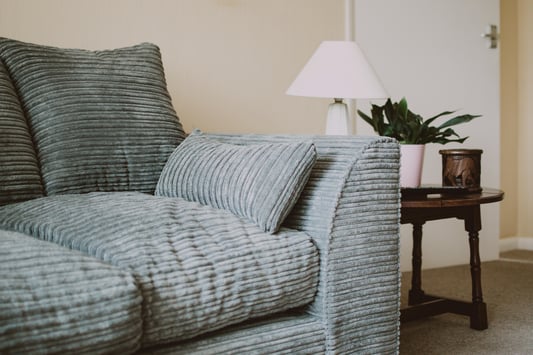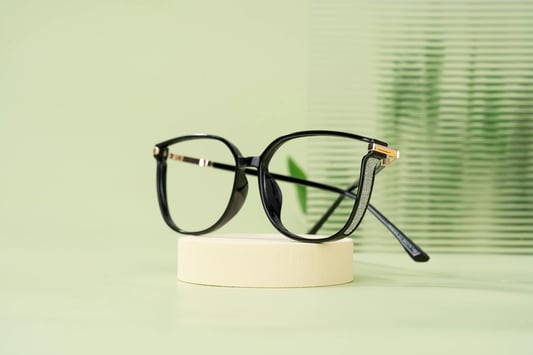What is new home ornament inspection?New home ornament inspection is a crucial step in the process of moving into a new home. It involves checking the condition of all the decorative elements in the house, such as light fixtures, curtains, and carpets, to ensure that everything is in good shape.Why is New Home Ornament Inspection Necessary?Conducting a new home ornament inspection is important because it allows the homeowner to identify any potential issues with the decorative elements of the house before they become major problems. This can help prevent costly repairs down the line and ensure that the home remains in good condition.When Should You Conduct a New Home Ornament Inspection?Ideally, a new home ornament inspection should be conducted before moving into the house. This way, any issues can be identified and addressed before they become a problem. However, if you have already moved in, it's never too late to conduct an inspection.What to Look for During a New Home Ornament Inspection?During a new home ornament inspection, it's important to pay attention to the condition of all the decorative elements in the house. Look for signs of wear and tear, damage, or any other issues that may need to be addressed.Common Issues Found During New Home Ornament InspectionSome common issues that may be found during a new home ornament inspection include chipped paint, broken light fixtures, stained carpets, and torn curtains. These issues can usually be easily fixed with some basic maintenance.How to Conduct a Thorough New Home Ornament InspectionTo conduct a thorough new home ornament inspection, start by creating a checklist of all the decorative elements in the house that need to be inspected. Then, systematically go through each item on the list, checking for any issues.Benefits of a New Home Ornament InspectionThere are several benefits to conducting a new home ornament inspection, including the peace of mind that comes with knowing your home is in good condition, the ability to catch and address issues early, and the potential to increase the value of your home.DIY vs Professional New Home Ornament InspectionWhile you can conduct a new home ornament inspection yourself, hiring a professional inspector may be a better option. A professional will have the expertise to identify issues that you may miss and can provide expert recommendations for repairs.Cost of New Home Ornament InspectionThe cost of a new home ornament inspection can vary depending on the size of the house and the extent of the inspection. On average, expect to pay a few hundred dollars for a thorough inspection, but keep in mind that this cost is a small price to pay for the peace of mind it provides.ConclusionIn conclusion, conducting a new home ornament inspection is an important step in the process of moving into a new home. It can help identify and address issues with the decorative elements of the house, ensuring that your home remains in good condition for years to come.Quote InquiryContact us!










